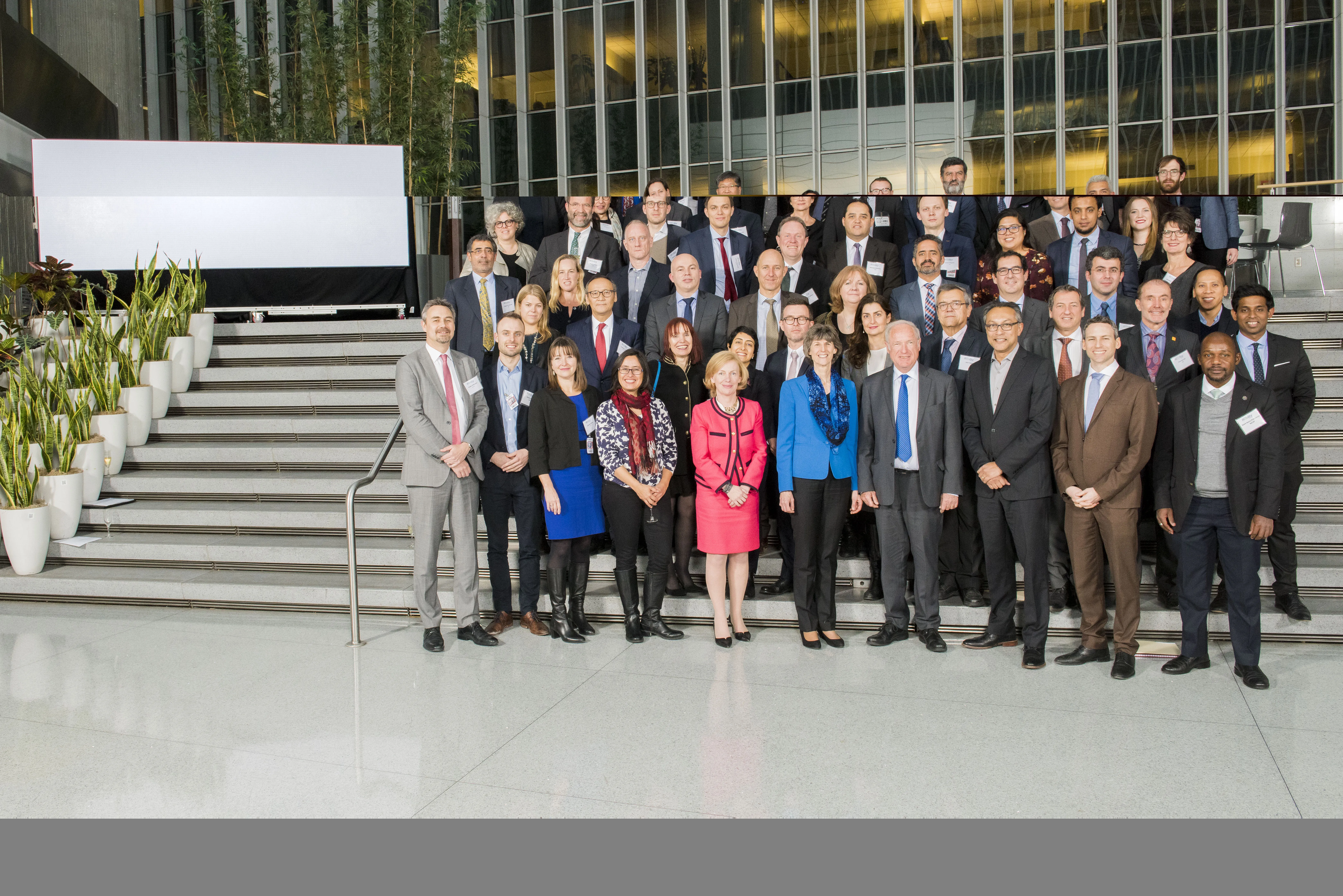The US Government is making progress with its new surface transportation bill, in a move that will be of good news to all contractors and construction firms in the country. This bill has been delayed now for two years, with a knock-on effect for the construction industry in that there have been few new works commencing. American Road & Transportation Builders Association (ARTBA) president Pete Ruane has commented on the US Senate EPW Committee Mark-Up of MAP-21, the Surface Transportation Bill. Ruane said,
April 26, 2012
Read time: 2 mins
The US Government is making progress with its new surface transportation bill, in a move that will be of good news to all contractors and construction firms in the country. This bill has been delayed now for two years, with a knock-on effect for the construction industry in that there have been few new works commencing.
American Road & Transportation Builders Association (ARTBA) president Pete Ruane has commented on the US Senate EPW Committee Mark-Up of MAP-21, the Surface Transportation Bill. Ruane said, “Today’s unanimous vote in the Senate Environment & Public Works Committee in support of a two-year surface transportation bill that would maintain current authorisation levels and institute a host of important policy reforms is a critical step toward beginning to address the nation’s enormous infrastructure challenges.” He continued, “It also demonstrates that bipartisanship is still a viable option in the pursuit of public policy solutions. We commend Chairman Boxer and Senators Inhofe, Baucus and Vitter for their leadership in producing the MAP-21 proposal. “As positive as today’s action is—particularly after more than two years of temporary extensions—the fundamental obstacle to a multi-year surface transportation bill remains. We urge the Senate Finance Committee to act quickly in securing the additional revenue necessary to support the bill’s transportation investments. Hundreds of thousands of American jobs are at risk until both the Senate and House complete action on a long-term highway and transit reauthorisation bill.”
American Road & Transportation Builders Association (ARTBA) president Pete Ruane has commented on the US Senate EPW Committee Mark-Up of MAP-21, the Surface Transportation Bill. Ruane said, “Today’s unanimous vote in the Senate Environment & Public Works Committee in support of a two-year surface transportation bill that would maintain current authorisation levels and institute a host of important policy reforms is a critical step toward beginning to address the nation’s enormous infrastructure challenges.” He continued, “It also demonstrates that bipartisanship is still a viable option in the pursuit of public policy solutions. We commend Chairman Boxer and Senators Inhofe, Baucus and Vitter for their leadership in producing the MAP-21 proposal. “As positive as today’s action is—particularly after more than two years of temporary extensions—the fundamental obstacle to a multi-year surface transportation bill remains. We urge the Senate Finance Committee to act quickly in securing the additional revenue necessary to support the bill’s transportation investments. Hundreds of thousands of American jobs are at risk until both the Senate and House complete action on a long-term highway and transit reauthorisation bill.”






